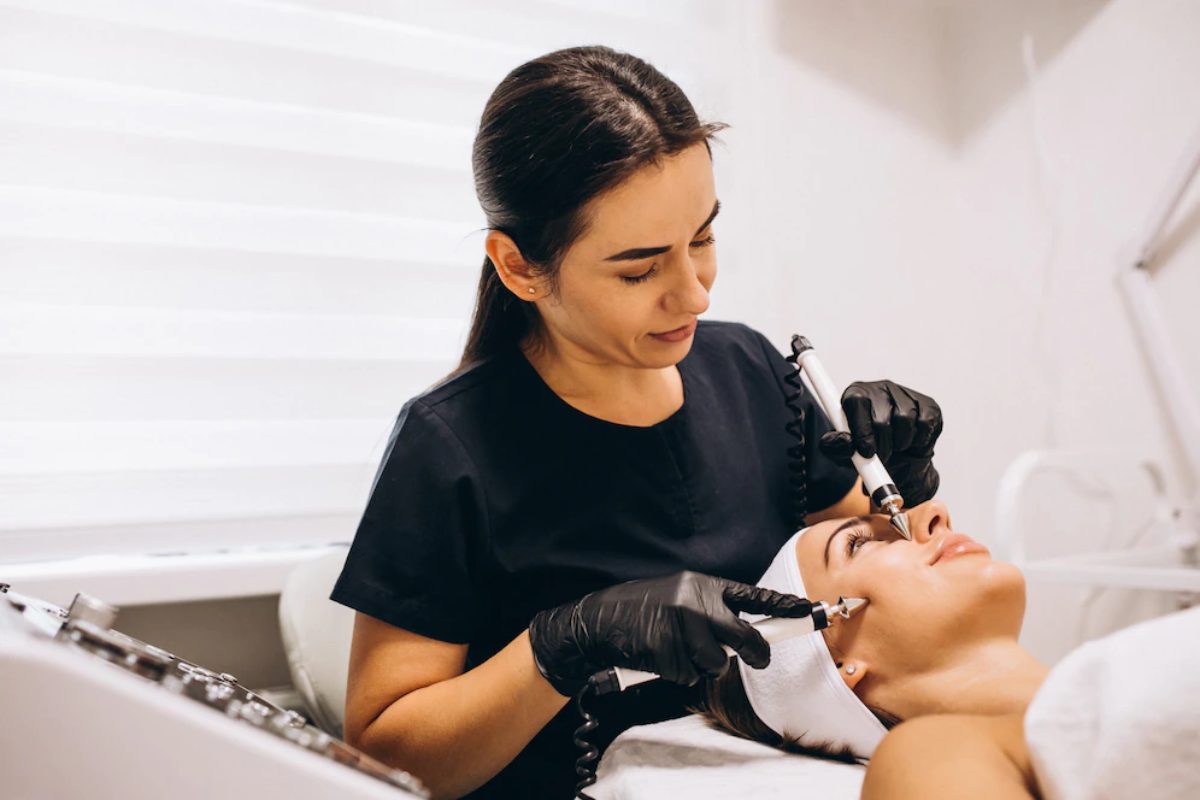Facelift Procedures: Some of the most popular anti-aging procedures, particularly among middle-aged adults who want to delay the effects of aging, include facelifts and other facial rejuvenation procedures. Collagen synthesis slows or ceases over time, and skin loses its inherent elasticity. When this occurs, your face may develop fine lines, wrinkles, sagging skin, and dark spots.
Both surgical and non-surgical facelift procedures are available to help you regain your youthful appearance. A facelift in Beverly Hills might be the best option if you don’t like how your face has been aging and want to improve it.
So, what are the various types of facelifts? Let us find out!
Table of Contents
Deep Plane and SMAS Facelift
A deep plane facelift is intended to eliminate the appearance of sagging skin at the base of the chin and neck by tightening and lifting the weak muscles in those areas. The procedure requires the surgeon to move, reshape, and smooth the musculoaponeurotic system, which is located beneath the skin, close to the muscles that cause you to smile and frown. You can get rid of wrinkles and look younger and healthier after the procedure.
Mini Facelift
A mini facelift makes tiny incisions below the hairline. This enables your surgeon to skillfully tighten, smooth, and remove extra tissue from your skin. A mini facelift can typically lessen or eliminate the appearance of jowls that develop around your mouth and the lower half of your cheeks. A mini facelift does not produce the same results as a traditional facelift; however, it can be beneficial for qualifying patients and has a much shorter recovery period.
Mid-Facelift
The mid-facelift, as its name implies, targets the middle of the face, particularly the cheeks. During the procedure, your facial plastic surgeon will lift the cheeks, get rid of sagging, and smooth out fine lines and wrinkles by lifting and tightening the mid-face tissues back to their original elevation and position in the face. This can help with jowls (since the tissue is being lifted) and nasolabial folds.
Jawline Rejuvenation / Neck Lift
Most people, especially women, start to look older around the jawline and neckline. Neck liposuction removes extra fat cells in the neck region during jawline rejuvenation. This procedure gives your surgeon enough room to smoothen and reshape your jawline.
Additionally neck lift surgery (which is usually always performed with a facelift) can target loose and sagging skin beneath the chin and on the neck and upper chest. This includes vertical banding.
S-Lift /Ogee Curve
The lower half of the face, the area around the neck, and the jawline are manipulated to highlight the S-shaped curve on the face. This is also known as the Ogee curve.
The skin is lifted, extra fat cells are eliminated, and the muscles and tissue beneath the skin are shaped through this procedure. The result is a smooth, wrinkle-free face.
Brow Lift
Getting rid of wrinkles in one area benefits the other because your brows and temples are so close together. This procedure might be ideal if your eyebrows droop or hang too low. The brow lift is performed to address visible aging on the upper-third of the face (the area that a traditional facelift does not address). Here, an incision is made along the hairline (for the traditional approach) or small incisions are made and an endoscope is used.
This treatment targets sagging brows, vertical wrinkles, and laxity across the forehead.
Facelift FAQs
How Can I Get a Facelift?
During a traditional facelift, an incision starts at the temples that runs down the crease in front of the ear and may wrap behind the ear. The facial skin is lifted away from the underlying muscles and tissues. This skin is then tightened, and any extra skin is removed before the cuts are stitched shut. The face will be bandaged after the procedure.
Will My Facelift Leave Scars?
A facelift will leave scars on your body, just like any other procedure. Luckily, women’s hair can usually conceal most scars. While the scars are fresh, women with short hair might want to let it grow a little longer. You can also discuss using specific makeup to conceal scars with your surgeon.
What Kind of Recovery Should I Anticipate Following a Facelift?
After your facelift, you can anticipate some swelling and bruising. The bruises might last for two to three weeks, but most of the swelling should subside in about a week. You might experience headaches, numbness, itching, and hair loss close to the site of the cut. After the procedure, bandages are typically removed in a few days. And stitches are typically removed in one to two weeks.

